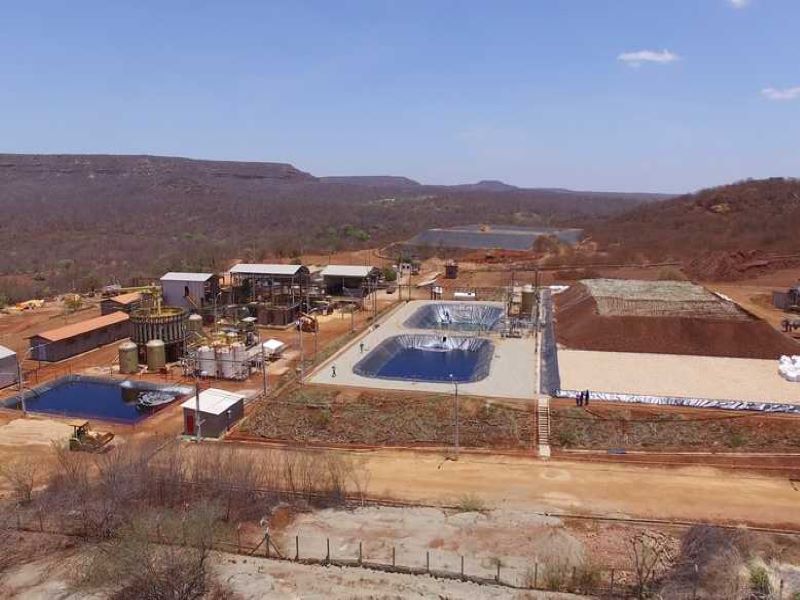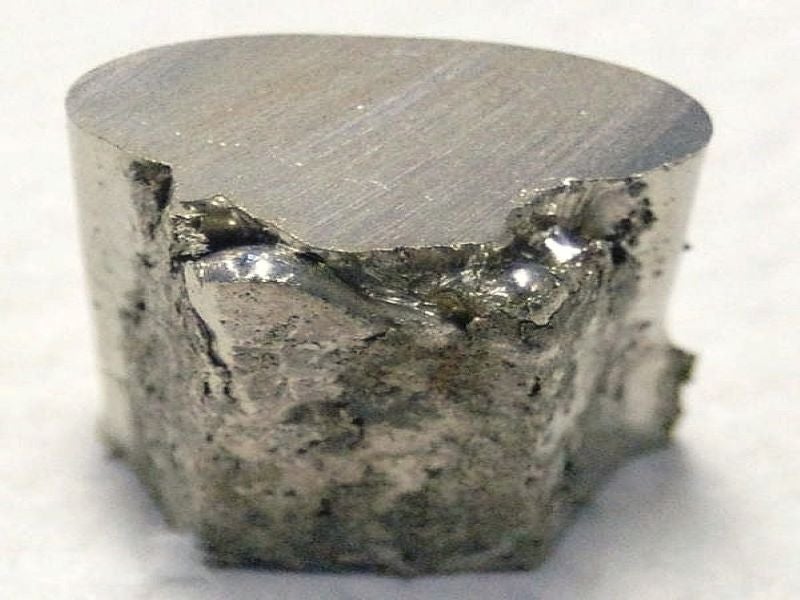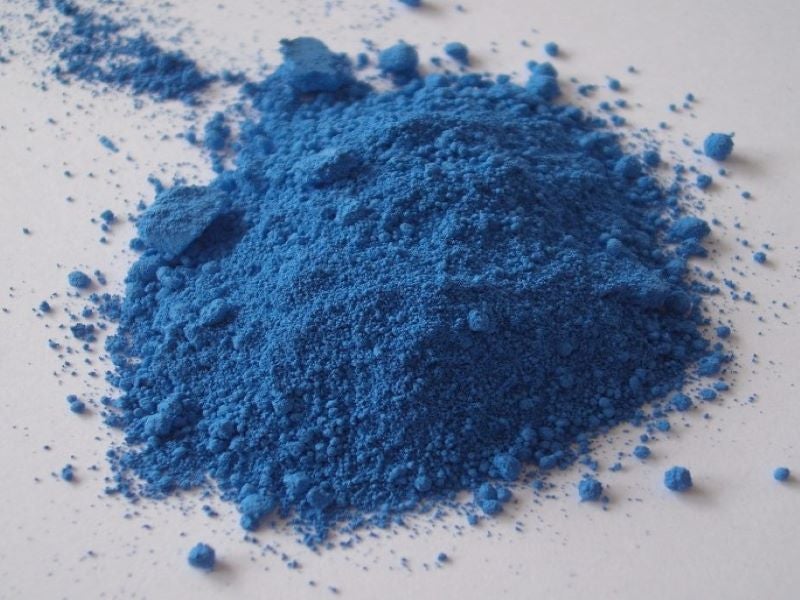The Piaui nickel project is an open-pit nickel-cobalt mining operation located in the state of Piaui, in northeastern Brazil.
The project is owned and operated by Piauí Níquel Metais, a subsidiary of Brazilian Nickel, which acquired the mine from Vale in January 2014.
Brazilian Nickel completed the refurbishment of an existing demonstration plant at the mine site in 2015 and commenced nickel laterite heap leaching operations in May 2016. The company started producing nickel and cobalt products from the mine in August 2016.
The Brazilian Piauí State Environmental Agency (SEMAR) issued an environmental permit for the full-fledged commercial project in October 2019, while Brazilian Nickel is currently preparing to pursue a bankable feasibility study (BFS) for the project.
The company also secured approximately £19.4m ($25m) of funding from the United States International Development Finance Corporation (DFC) through its main findings partner, TechMet in October 2020.
This will be utilised to proceed with the PNP 1000 Project which aims to jump-start the mining project by retrofitting the existing demonstration plant and other mine infrastructure including offices, leach pads, and process ponds.
Location, geology, and reserves
The Piaui nickel project is a nickel-cobalt laterite deposit located in Brejo Seco, in the south-eastern part of Piaui, approximately 530km from the state capital city of Teresina.
The measured and indicated resources of the Piaui nickel project were estimated to be 72 million tonnes (Mt) grading 1% nickel (Ni) and 0.048% cobalt (Co) as of March 2020.
Mining operations
The Piaui nickel project will be a conventional open-pit mining operation by utilising hydraulic excavators. Blasting will be required for extracting only 10% of the laterite ore deposit.
The mine plan calls for extracting up to 3Mt of ore annually to sustain an estimated production rate of 100,000 tonnes (t) of nickel hydroxide product (NHP) and 5,000t cobalt annually.
The project also involves the construction of a limestone quarry and a sulphur processing plant to support the nickel and cobalt production.
Mineral processing
The run-of-the-mine (ROM) ore will be introduced into a fixed grizzly to be broken with a hydraulic rock breaker while a conveyor will transport the broken ore material to a primary toothed roller crusher to reduce the ore size to a maximum of 200mm. The crushed ore will then be transferred to the secondary toothed roller crushers to further reduce the ore size to a maximum of 70 mm.
The ground ore will then be introduced into the Agglomerator where it will be mixed with water and sulphuric acid before being transferred for leaching. The pregnant leach solution (PLS) from the leaching process will then be fed into the precipitation plant.
In the precipitation plant, the PLS will be treated with limestone to filter out unwanted metals like iron, chromium, and aluminum to produce a precipitate of nickel and cobalt. It will pass through a thickener to separate the precipitate solution from the solution containing nickel and cobalt.
The mineral-rich solution will be washed and filtered to remove any remaining water while an ion exchange unit will be used to separate the nickel and cobalt by adding sodium carbonate to raise the pH level. The resultant nickel hydroxide product (NHP) and cobalt hydroxides will be finally filtered and stored in bags for sales.
Infrastructure facilities
Approximately 70.8km of internal and external access roads will be constructed as part of the project, while a new 10.5km road connecting the process plant to the PI-465 highway will serve as the main access route to the project site.
The Piaui nickel-cobalt mining operation is estimated to require approximately 21MW of power which will be initially supplied by Companhia Hidro Elétrica do São Francisco (CHESF) via a 42.6km-long 69kV transmission line.
A 29.7MW cogeneration unit is also planned to be attached to the sulphuric acid plant at the mine site which will convert heat from the burning sulphur to produce steam for generating power. The excess 8.7MW of electricity from the cogeneration plant will be sold to the Eletrobas DIstribuicao Piaui network through the 69kv transmission line.
The water required for the project will be sourced from the nearby Jenipapo water dam via a 33.5km pipeline. The water from the dam will be treated in a reverse osmosis plant and the potable water will be obtained by chlorination.
Contractors involved
The environmental and social impact assessment (ESIA) for the Piaui nickel project was prepared by Arcadis, a design, engineering, and management consulting company based in Amsterdam.





